Silver coin hoard from Vieki
Artefact of the month - March 2020
In August 1898, rural police chief F. W. Chydenius sent an official shipment from Lieksa in Northern Karelia to the secretary of the Finnish Antiquarian Society. The shipment contained a hoard of silver coins, which had been hidden in the early 17th century and discovered by crofter Olli Heikkinen while moving rocks to the Vieki clergy house in May earlier in the same year. The rocks were extracted from the eastern bank of Viekijoki River at a location called Kirkkosuo. Between the rocks, Heikkinen had found a large number of oval-shaped silver coins. All in all, a total of 585 coins were collected from the site, alongside three silver earrings and an Orthodox cross. The find weighed 411 grams in total, and it was added to the collections of the State Historical Museum (later the National Museum of Finland).
The oval-shaped silver coins mentioned in the description of the discovery were Russian kopeks. The coins were struck on silver wire and are therefore often called wire money. Kopeks of this kind began to be minted in the 1380s, at which point all of them were equivalent to dengas in nominal value. The oldest ones to be found in Finland were minted in Novgorod and Pskov in the late 15th century. The monetary reform of 1535 eventually made the kopek the main currency of Russia, after which denga was adopted as the name for a coin valued at half a kopek. The kopek and denga weighed 0.78 grams and 0.39 grams, respectively. The name “kopek” was derived from the coin’s pictorial motif, which features a spear-wielding rider. The Russian word for spear is kop’ye.
The oldest 19 coins in the Vieki hoard were kopeks from Ivan IV’s period as the Grand Duke of Moscow (1533-1547). Of the coins in the hoard, 72 are from the period of Ivan IV (1547–1584), 72 from the period of Feodor I (1584–1598), 172 from the period of Boris Godunov (1598-1605), 55 from the period of Dmitry II or False Dmitry I (1605–1606), and 167 from the period of Vasili IV (1606–1610). The most recent is a kopek imitating Russian coins that was minted in Novgorod by Swedish order between 1611 and 1617. The hoard also includes 44 coins that are too undiscernible or poorly minted for their origin to be determined to any detailed degree. Findings of this nature indicate that kopeks of the time could remain in circulation for long periods of time without losing their value as new rulers rose to the throne.
The coins and other items were clearly hidden in the ground with intent – they were not lost by accident. Large coin hoards were usually intended to serve as deposits or used to hide valuables in a time of imminent danger. Deposits usually contain high-quality coins added over a longer period of time. The contents of hoards hidden in a state of emergency, such as wartime, were not picked as carefully and typically included coins that the person in question happened to have at hand at the time. Naturally, hoards of this kind may have older savings mixed in and they often contain other valuables as well. Plundered loot could also be hidden in the ground for temporary safekeeping.
Based on the timing of the coins, the Vieki silver hoard was buried in the 1610s. The border disputes between Sweden and Russian had continued through the entire 16th century and, after the Treaty of Teusina (1595), the border between the countries largely matched the border set by the Treaty of Nöteborg (1323). The Rurik dynasty of rulers fizzled out in 1598, which led to a time of turmoil in Russia, continuing all the way to 1613. At the same time, the Swedes pursued the conquest of new areas of the country. Vasili IV of Russia made an accord with Sweden regarding Kexholm County, but his successor refused to hand the area over to the foreign power. This sparked the Ingrian War, during which the Swedish Empire took over the city of Novgorod, among other locations.
It is highly probable that the Vieki hoard was hidden during this period of unrest. In the northern parts of Karelia, the Ingrian War led to the desolation of many regions. A list of abandoned settlements from 1615 includes Ilomantsi, Pielisjärvi, Suistamo, Salmi and Suojärvi as these areas no longer had a single house capable of paying taxes. Through Treaty of Stolbovo in 1617, Sweden gained Kexholm County and Ingria. Around this time, many Orthodox residents of the area left their possessions behind and fled to the Russian side of the border. The population was supplanted by Lutheran settlers, which led to fresh conflict and served as one of the causes for the Russo-Swedish War fought in 1656–1658. After this war, the majority of the Orthodox residents who had stayed behind to live in the old villages after the Treaty of Stolbovo, escaped to Russia leaving many abandoned villages, graveyards and various hoards in their wake.
Frida Ehrnsten
Sources:
Ehrnsten Frida & Kunnas-Pusa Liisa 2020. Karjalan rahalöydöt – Myntfynd från Karelen. Suomen rahahistoria, Maakuntainventointi 2 – Finlands mynthistoria, Landskapsinventeringen 2. Helsinki/Helsingfors: Suomen Numismaattinen Yhdistys - Numismatiska Föreningen i Finland.

-
2024
-
2023
-
2022
-
2021
-
2020
-
 Maternity package for undocumented migrants
Maternity package for undocumented migrants
-
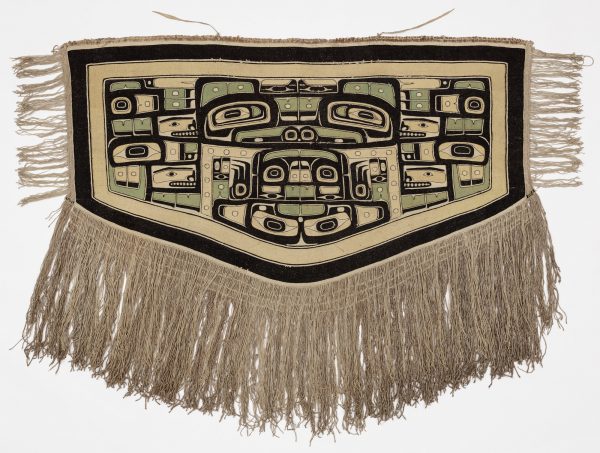 Chilkat blanket
Chilkat blanket
-
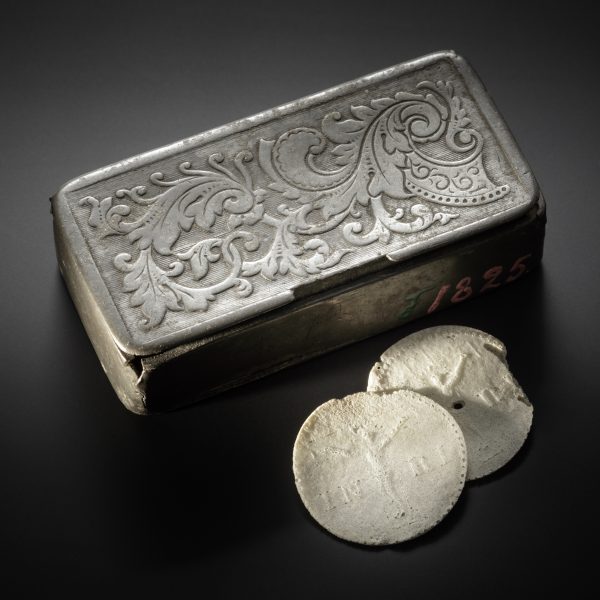 A box of sacramental bread
A box of sacramental bread
-
 Tar steamer model
Tar steamer model
-
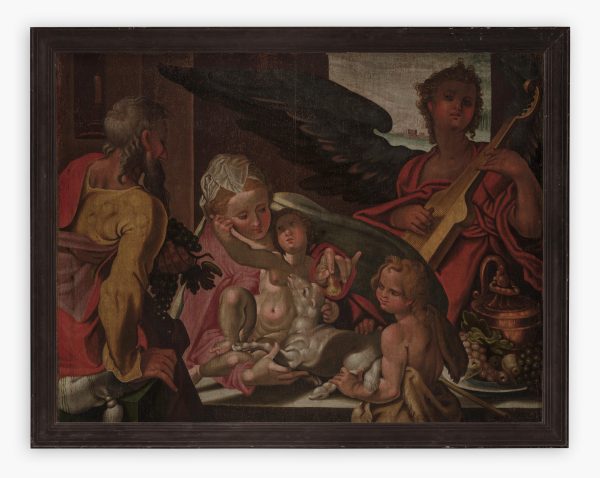 A holy family from the court of Prague?
A holy family from the court of Prague?
-
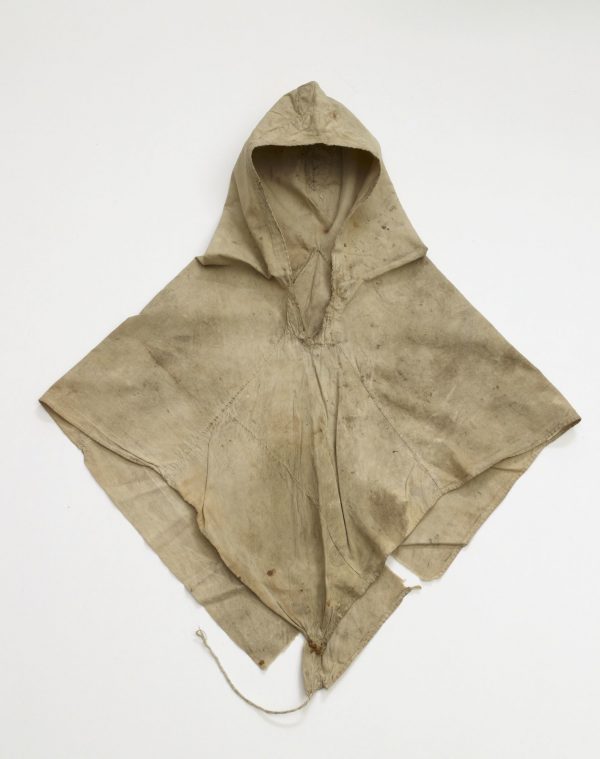 Mosquito hood from East Karelia
Mosquito hood from East Karelia
-
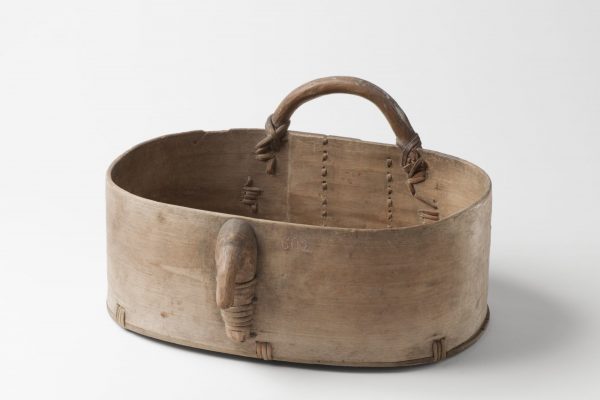 Seedlip (kylvövakka)
Seedlip (kylvövakka)
-
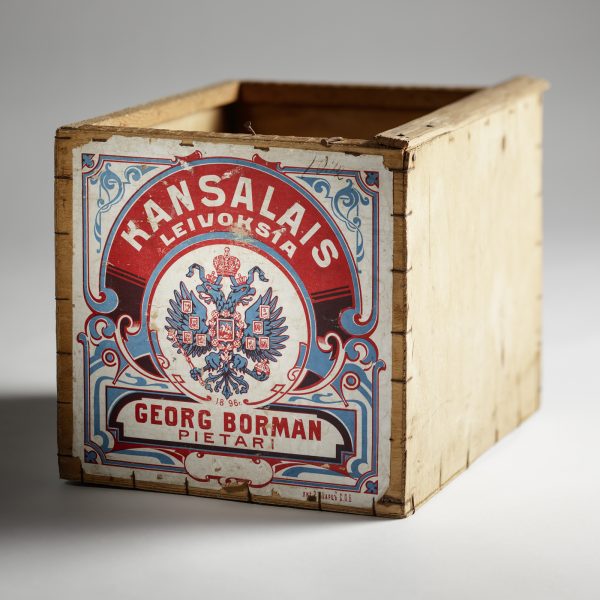 A box of ‘citizens’ pastries’
A box of ‘citizens’ pastries’
-
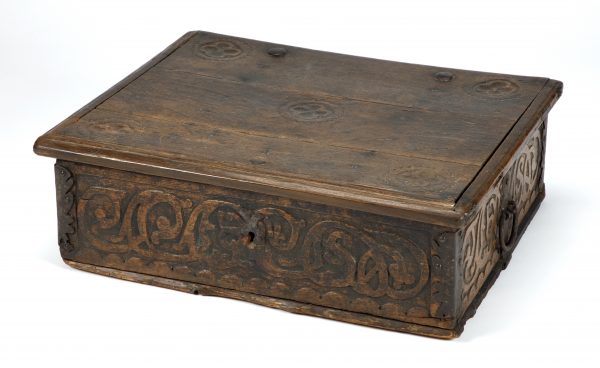 Oak night-box (nattlåda)
Oak night-box (nattlåda)
-
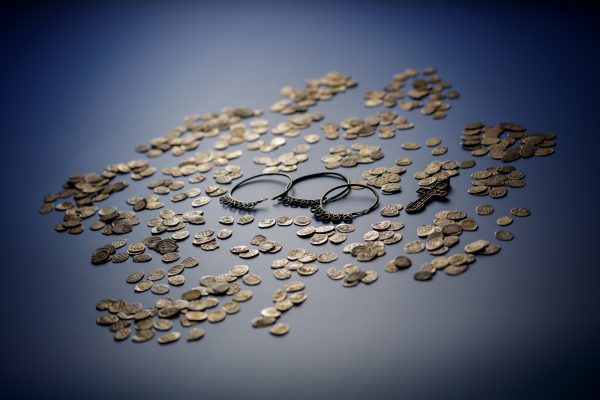 Silver coin hoard from Vieki
Silver coin hoard from Vieki
-
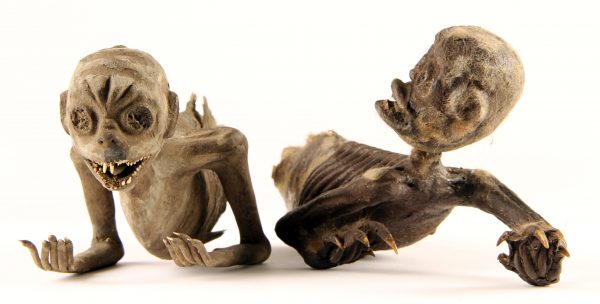 Two mermaids
Two mermaids
-
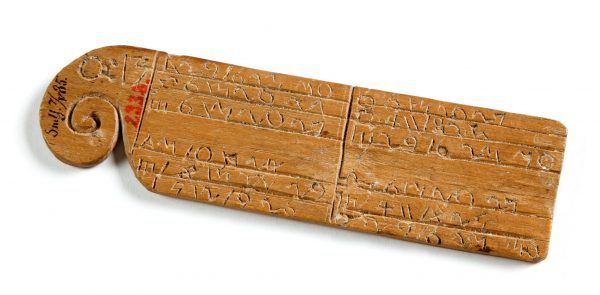 Carl Harlund’s wooden calendar
Carl Harlund’s wooden calendar
-
-
2019
-
2018